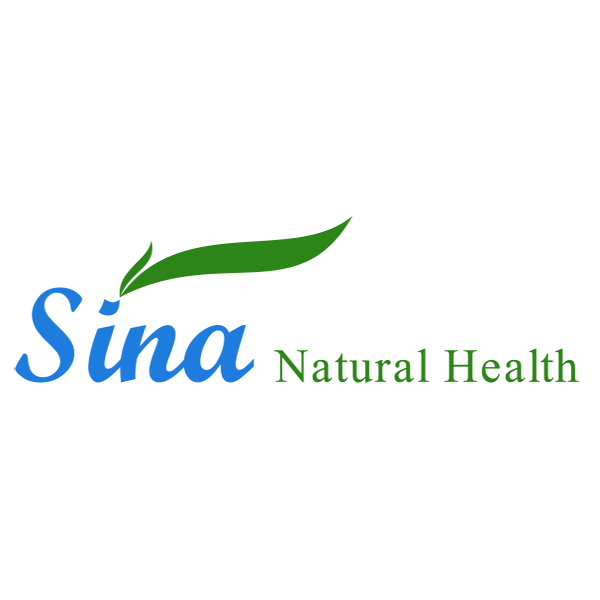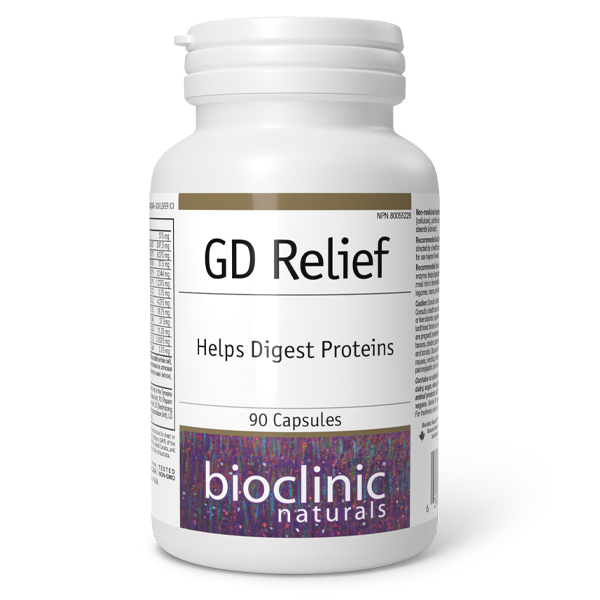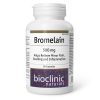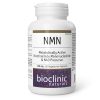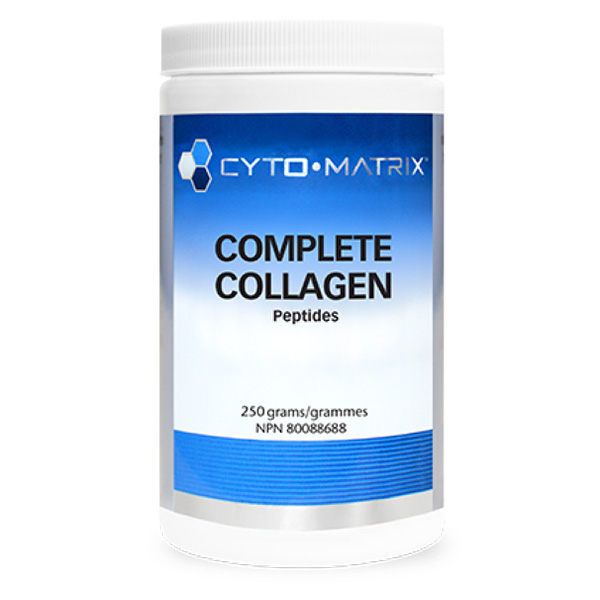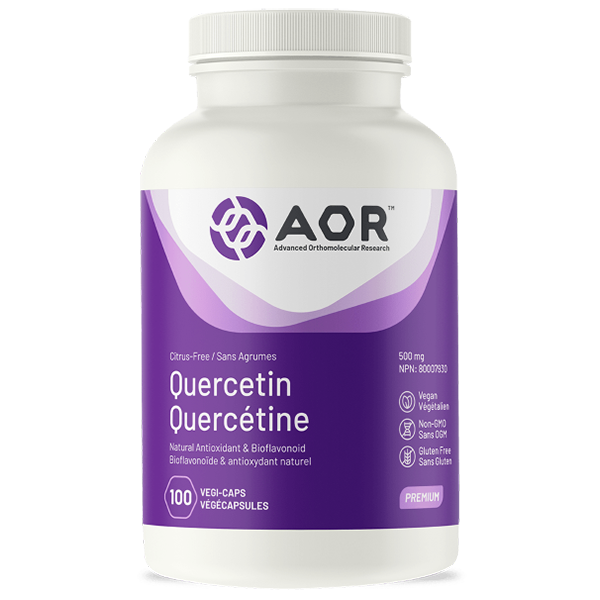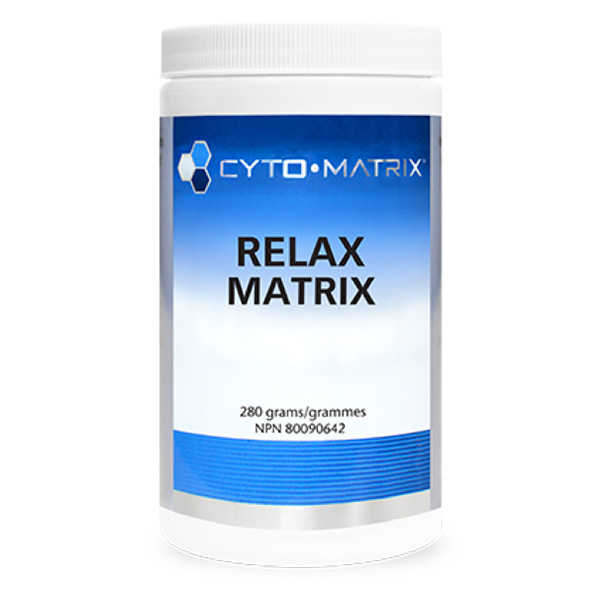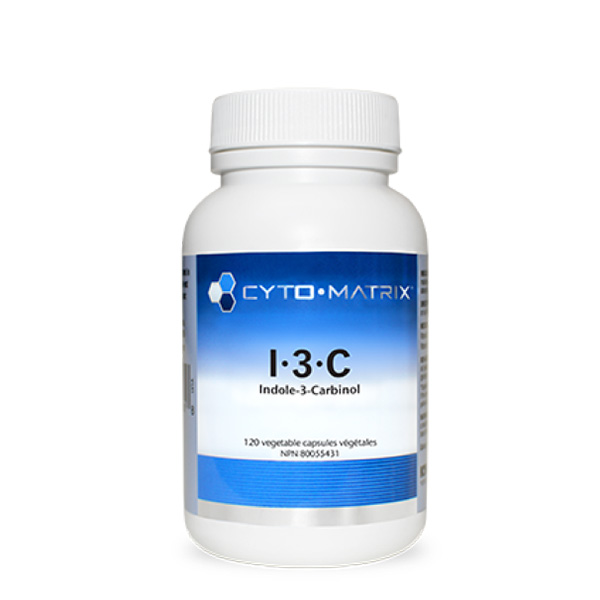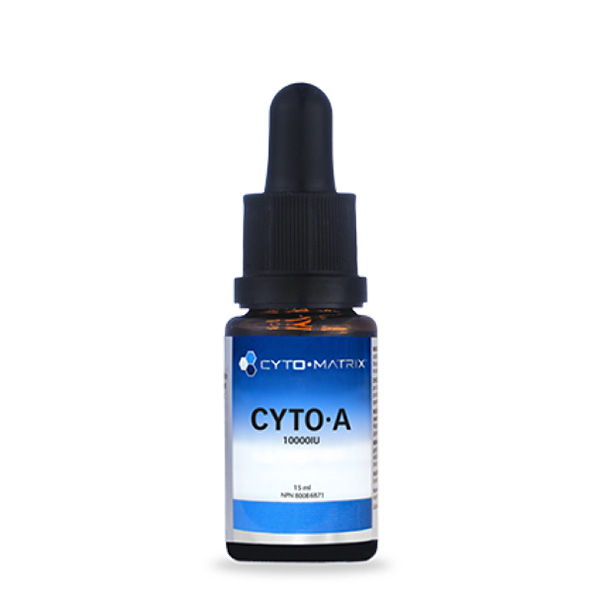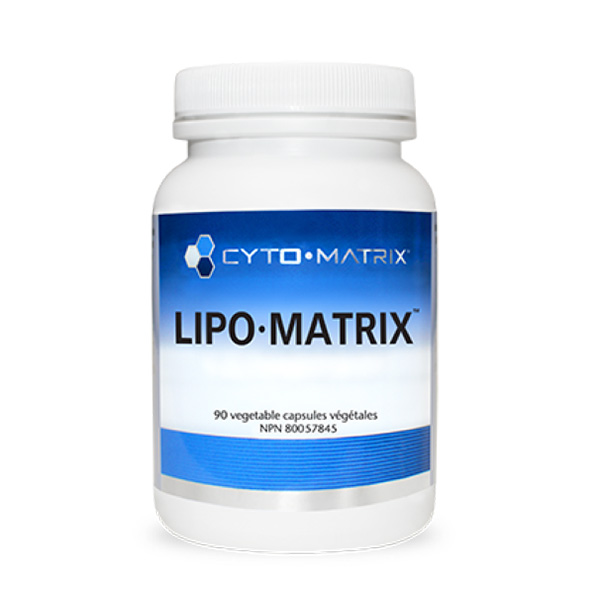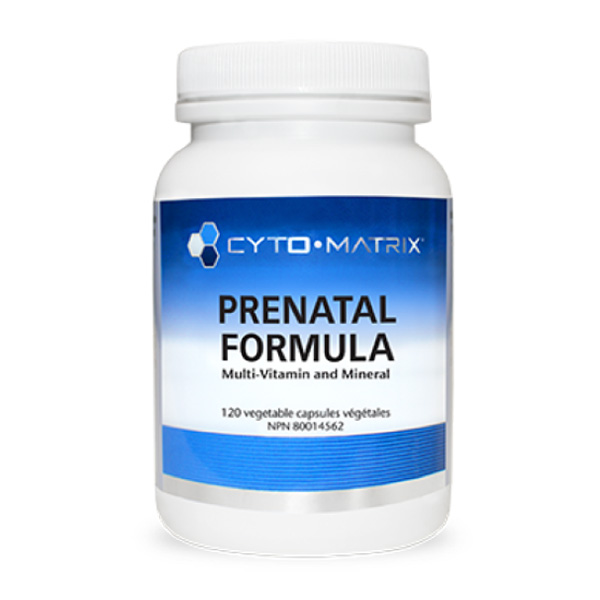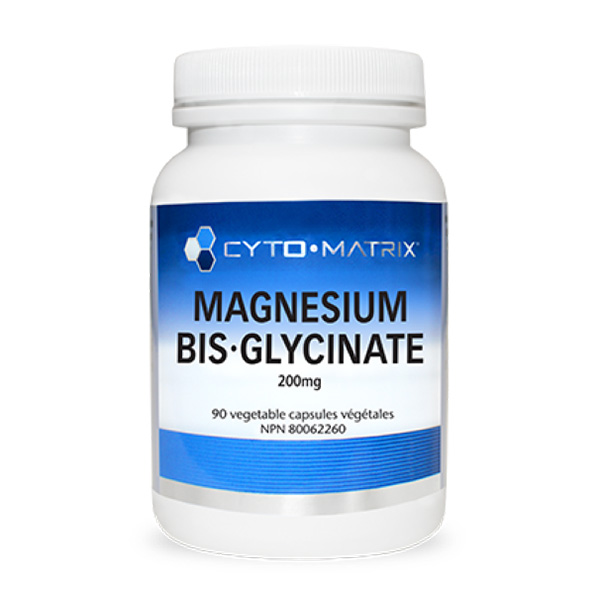Bioclinic – GD Relief – 375mg – 90 VCaps
$33.99
GD Relief is a high-potency, broad-spectrum proprietary enzyme blend that provides fungal, bacterial, and plant enzymes to assist with the digestion of all macronutrients. It also provides specific support for gluten and dairy digestion.
In stock
Benefits
- Fungal and bacterial proteases hydrolyze difficult-to-digest proline-containing peptides, such as gluten and casein
- Serratiopeptidase has proteolytic as well as anti-inflammatory activity
- Lipase and lactase provide support for fat and milk sugar digestion, respectively
- Plant-based papain, bromelain, and fungal digestive enzymes support wide-spectrum carbohydrate digestion
- High-potency formulation allows for easy dosing, with 375 mg of enzyme blend delivered in each vegetarian capsule
- Completely suitable for vegetarians and vegans
Feature Summary
GD Relief is a high-potency, broad-spectrum proprietary enzyme blend that provides fungal, bacterial, and plant enzymes to assist with the digestion of all macronutrients. It also provides specific support for gluten and dairy digestion.
Aspergillus oryzae extracts are rich in prolyl endopeptidases as well as dipeptidyl peptidase IV (DPP-IV). DPP-IV is a multifunctional serine-protease that targets proline-containing peptides, such as those found in gliadin and casein, both proteolytically resistant proteins.1–4 Protease activity from Aspergillus oryzae targets the proline-rich 33-mer of gliadin, perhaps the most immunotoxic peptide derived from gliadin.5,6 The antigenic and immunomodulatory proline-rich proteins found in gluten are thought to trigger an inflammatory response in people with either celiac disease or gluten sensitivity. This response is often because of inadvertent gluten exposure, even for people on a gluten-free diet.7,8 Supplementation with protease from Aspergillus oryzae has also been linked to an increased abundance of Bifidobacterium and Lactobacillus in experimental models, suggesting a potential probiotic effect.9,10
GD Relief provides serratiopeptidase, a proteolytic enzyme with potent anti-inflammatory and fibrinolytic properties. This enzyme has been shown to mitigate LPS-induced inflammation, with benefits in clinical trials for acute and chronic ear, nose, and throat disorders.11–14 It also contains lipase to assist with fat digestion, lactase to metabolize milk sugar, and multiple enzymes derived from bacteria, fungi, papaya (papain), and pineapple (bromelain), including alpha-amylase, cellulase, glucoamylase, and alpha-galactosidase, to provide comprehensive carbohydrate digestion. Alpha-galactosidase from Aspergillus niger, for example, degrades saccharides from soybeans and other legumes that humans cannot otherwise digest.15
Medicinal Ingredients
| Each Capsule Contains: | ||
| Proprietary Enzyme Blend | 375 mg | |
| Fungal Protease*1 | 33,750 FCC HUT | 247.5 mg |
| Bacterial Protease*2 | 937.5 FCC PC | 9.375 mg |
| Serratiopeptidase*3 | 3,750 SU | 37.5 mg |
| Bromelain*4 | 37,500 FCC PU | 2.344 mg |
| Papain*5 | 37,500 FCC PU | 1.2375 mg |
| Cellulase*6 | 75 FCC CU | 0.75 mg |
| Lactase*1 | 153.75 FCC ALU | 4.275 mg |
| Alpha-Amylase*1 | 1875 FCC DU | 18.75 mg |
| Alpha-Amylase*2 | 375 FCC BAU | 37.5mg |
| Glucoamylase*7 | 11.25 FCC AGU | 11.25 mg |
| Lipase*7 | 112.5 FCC LU | 0.9375 mg |
| Alpha-Galactosidase*7 | 37.5 FCC GalU | 3.75 mg |
| *1 Aspergillus flavus var. oryzae (whole), *2 Bacillus subtilis (whole cell), *3 Serratia marcescens (whole cell), *4 Ananas comosus var. comosus (stem), *5 Carica papaya (fruit), *6 Trichoderma reesei (whole), *7 Aspergillus niger (whole) | ||
| FCC (Food Chemical Codex), HUT (Hemoglobin Unit on the Tyrosine Basis), PC (Protease Unit), SU (Serratiopeptidase Unit), PU (Papain Unit), CU (Cellulase Unit), ALU (Acid Lactase Unit), DU (Dextrinizing Unit), BAU (Bacterial Amylase Unit), AGU (Amyloglucosidase Unit), LU (Lipase Unit), GaIU (Galactosidase Activity Unit). | ||
Non-Medicinal Ingredients
Vegetarian capsule (carbohydrate gum [cellulose], purified water), rice flour, vegetable grade magnesium stearate (lubricant).
Dosage:
Recommended Adult Dose: 1–2 capsules per day with meals or as directed by a health care practitioner. Consult a health care practitioner for use beyond 4 weeks.
Warnings:
Consult a health care practitioner if symptoms persist or worsen. Consult a health care practitioner prior to use if you have diabetes, kidney or liver disorder, a gastrointestinal lesion or ulcer, are taking an anticoagulant/blood thinner, an anti-inflammatory, or antibiotics, are having surgery, are pregnant, breastfeeding, or have allergy to latex or fruits (e.g., avocado, banana, chestnut, passion fruit, fig, melon, mango, kiwi, pineapple, peach, and tomato). Stop use if rash, difficulty breathing, hypersensitivity/allergy, nausea, vomiting, diarrhea, gastrointestinal disturbance, or abdominal pain/epigastric pain occurs. Keep out of reach of children.
Allergens:
Contains no artificial colours, preservatives, or sweeteners; no dairy, sugar, wheat, gluten, yeast, soy, corn, egg, fish, shellfish, animal products, salt, tree nuts, or GMOs. Suitable for vegetarians/vegans.
Contraindications
See caution section for possible contraindications.
Drug Interactions
Serratiopeptidase has fibrinolytic activity. When taken with antiplatelet or anticoagulant drugs, it theoretically may increase the risk of bruising and/or bleeding.13
- 1. Sato, K., Miyasaka, S., Tsuji, A., et al. (2018). Isolation and characterization of peptides with dipeptidyl peptidase IV (DPPIV) inhibitory activity from natto using DPPIV from Aspergillus oryzae. Food Chem, 261, 51-6.
2. Mulvihill, E.E., & Drucker, D.J. (2014). Pharmacology, physiology, and mechanisms of action of dipeptidyl peptidase-4 inhibitors. Endocr Rev, 35(6), 992-1019.
3. Nongonierma, A.B., & FitzGerald, R.J. (2014). Susceptibility of milk protein-derived peptides to dipeptidyl peptidase IV (DPP-IV) hydrolysis. Food Chem, 145, 845-52.
4. Lambeir, A.M., Durinx, C., Scharpé, S., et al. (2003). Dipeptidyl-peptidase IV from bench to bedside: An update on structural properties, functions, and clinical aspects of the enzyme DPP IV. Crit Rev Clin Lab Sci, 40(3), 209-94.
5. Eugster, P.J., Salamin, K., Grouzmann, E., et al. (2015). Production and characterization of two major Aspergillus oryzae secreted prolyl endopeptidases able to efficiently digest proline-rich peptides of gliadin. Microbiology, 161(12), 2277-88.
6. Dunaevsky, Y.E., Tereshchenkova, V.F., Belozersky, M.A., et al. (2021). Effective degradation of gluten and its fragments by gluten-specific peptidases: A review on application for the treatment of patients with gluten sensitivity. Pharmaceutics, 13(10), 1603.
7. Cerf-Bensussan, N., Matysiak-Budnik, T., Cellier, C., et al. (2007). Oral proteases: A new approach to managing coeliac disease. Gut, 56(2), 157-60.
8. Rostami-Nejad, M., Asri, N., Olfatifar, M., et al. (2023). Systematic review and dose-response meta-analysis on the relationship between different gluten doses and risk of coeliac disease relapse. Nutrients, 15(6), 1390.
9. Yang, Y., Iwamoto, A., Kumrungsee, T., et al. (2017). Consumption of an acid protease derived from Aspergillus oryzae causes bifidogenic effect in rats. Nutr Res, 44, 60-6.
10. Yang, Y., Kumrungsee, T., Kuroda, M., et al. (2019). Feeding Aspergillus protease preparation combined with adequate protein diet to rats increases levels of cecum gut-protective amino acids, partially linked to Bifidobacterium and Lactobacillus. Biosci Biotechnol Biochem, 83(10), 1901-11.
11. Yadav, V., Sharma, S., Kumar, A., et al. (2023). Serratiopeptidase attenuates lipopolysaccharide-induced vascular inflammation by inhibiting the expression of monocyte chemoattractant protein-1. Curr Issues Mol Biol, 45(3), 2201-12.
12. Meng, Y., Yang, M., Liu, W., et al. (2023). Cell-free expression of a therapeutic protein serratiopeptidase. Molecules, 28(7), 3132.
13. Nair, S.R., & Devi, S. (2022). Serratiopeptidase: An integrated view of multifaceted therapeutic enzyme. Biomolecules, 12(10), 1468.
14. Mazzone, A., Catalani, M., Costanzo, M., et al. (1990). Evaluation of Serratia peptidase in acute or chronic inflammation of otorhinolaryngology pathology: A multicentre, double-blind, randomized trial versus placebo. J Int Med Res, 18(5), 379-88.
15. Othman, A.M., Elshafei, A.M., Elsayed, M.A., et al. (2023). Biochemical characterization and insights into the potency of the acidic Aspergillus niger NRC114 purified α-galactosidase in removing raffinose family oligosaccharides from soymilk yogurt. BMC Biotechnol, 23(1), 3.
| Weight | 0.1 kg |
|---|
